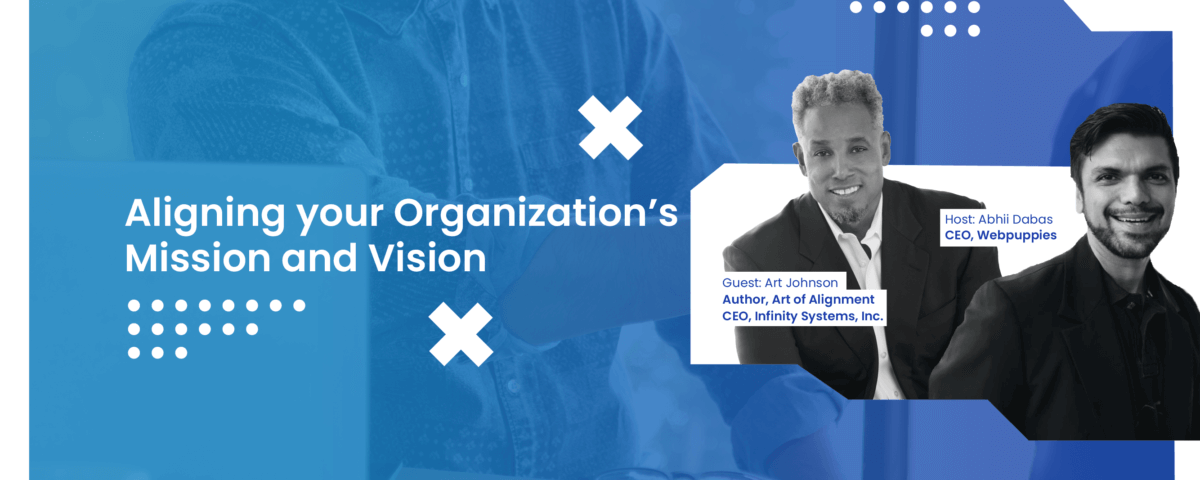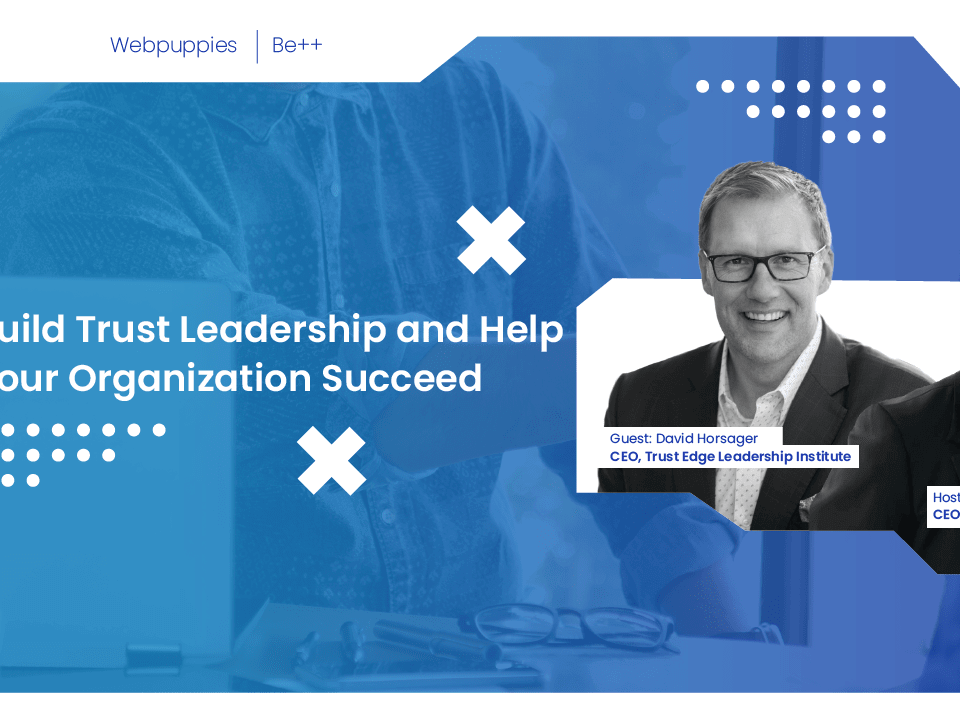
Accelerating your Employees’ Career Development
March 16, 2021
How to Create High-Converting Landing Pages in 10 Steps
March 31, 2021Aligning your Organization's Mission and Vision
Employees are considered the heart of an organization as they are important in driving the success and growth of any business. Digital transformation and changes brought by the Covid-19 pandemic in the workplace made it more challenging to connect with employees. For Infinity Systems Inc. (ISI) CEO Art Johnson, leaders have to maintain genuine engagement with employees to maintain organizational alignment that is parallel to a company’s mission and vision.
How to define a mission and vision?
Art described a mission and vision as a way in which an organization views the world. It presents a common goal that can positively affect not only the company but also its people and the broader community. He believes that a sound mission and vision is one that gives employees a sense of purpose and enthusiasm. Some studies have already shown that employees who are aligned with their organization’s mission and vision do not easily burn out, making them more effective team members.
Strategies on how to drive organizational alignment
Art’s book titled “The Art of Alignment (A data-driven approach to lead aligned organizations)” talked about the need to measure organizational alignment so that leaders can properly communicate the company’s mission and vision to employees.
One of the strategic ways to do this is to find employees within the company who can help encourage the whole workforce to collectively work towards the same direction. For example, there are organizations that select brand ambassadors from each department to embody their mission and vision and communicate it internally and externally through different means such as social media. This puts leaders in a unique position to manage things from behind. To do this, leaders should implement a solid hiring interview process and select people who are capable of teamwork and critical thinking.
Another way to promote organizational alignment is for leaders to ask more questions. This falls under accountability, one of the measures used to assess alignment. Accountability means that employees are encouraged to have a voice, think for themselves, and make decisions. When decision-making is pushed down, this holds employees accountable for their own actions and goals.
Putting diversity into the mix
Leaders should keep in mind the platinum rule: Treat others the way they want to be treated. This is important especially because most organizations are composed of pocket groups that have diverse age groups, nationalities, and cultures. Employees should not be treated the same way because each has personal needs. Leaders need to understand and embrace this to effectively embody the organization’s mission and vision.
Looking out for emerging trends
Using data is now an emerging trend and critical component in measuring organizational alignment. Ultimately, measurements need to be in place to analyze the impact of each alignment pillar. In the long run, this will also help leaders identify strategies in continuously engaging employees.
About the host
—
Abhii Dabas is an active member of the tech community, and through his companies (including Webpuppies), he conducts outreach programs across different universities with a focus on entrepreneurship. Over the past months, he has already trained over 1,000 university students to help them prepare to join the workforce.
About the guest
—
Art Johnson is the CEO of management consulting firm Infinity Systems Inc. (ISI). ISI created Orgametrics™ and Equimetrics™, which are diagnostic tools and systems that aid leaders in measuring organizational alignment and improve diversity, equity, inclusion, and cultural competency within their organizations. Art has successful ventures in various industries, including medical devices, telecommunications, and information technology.





